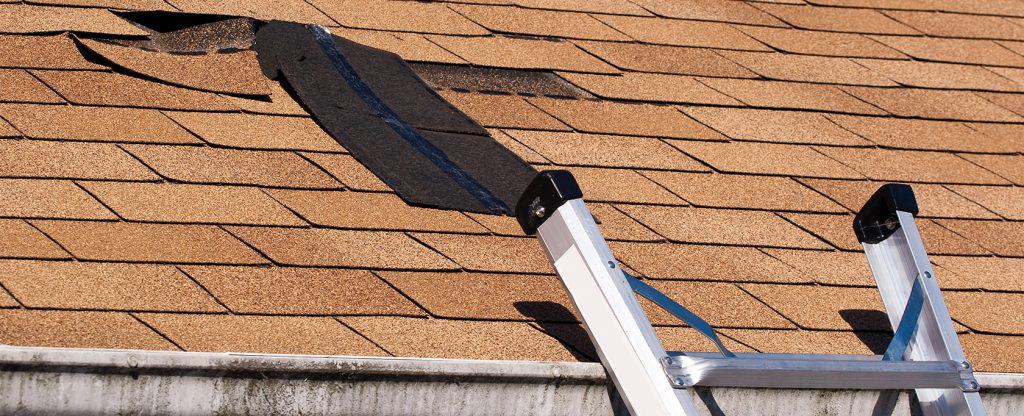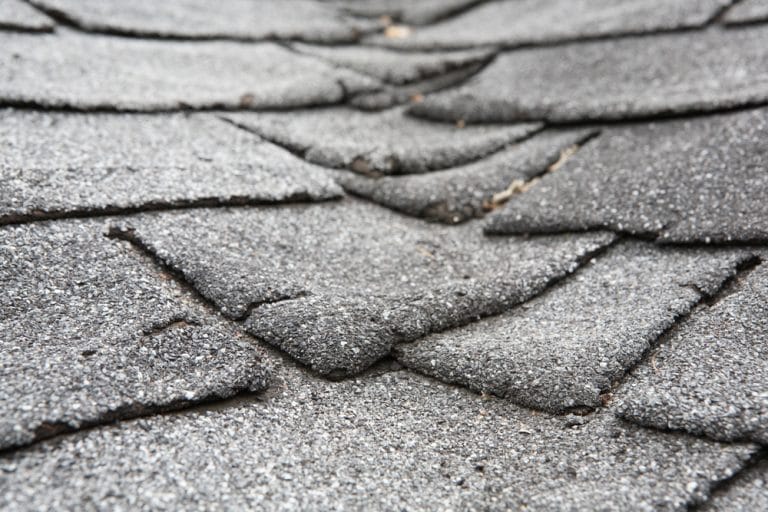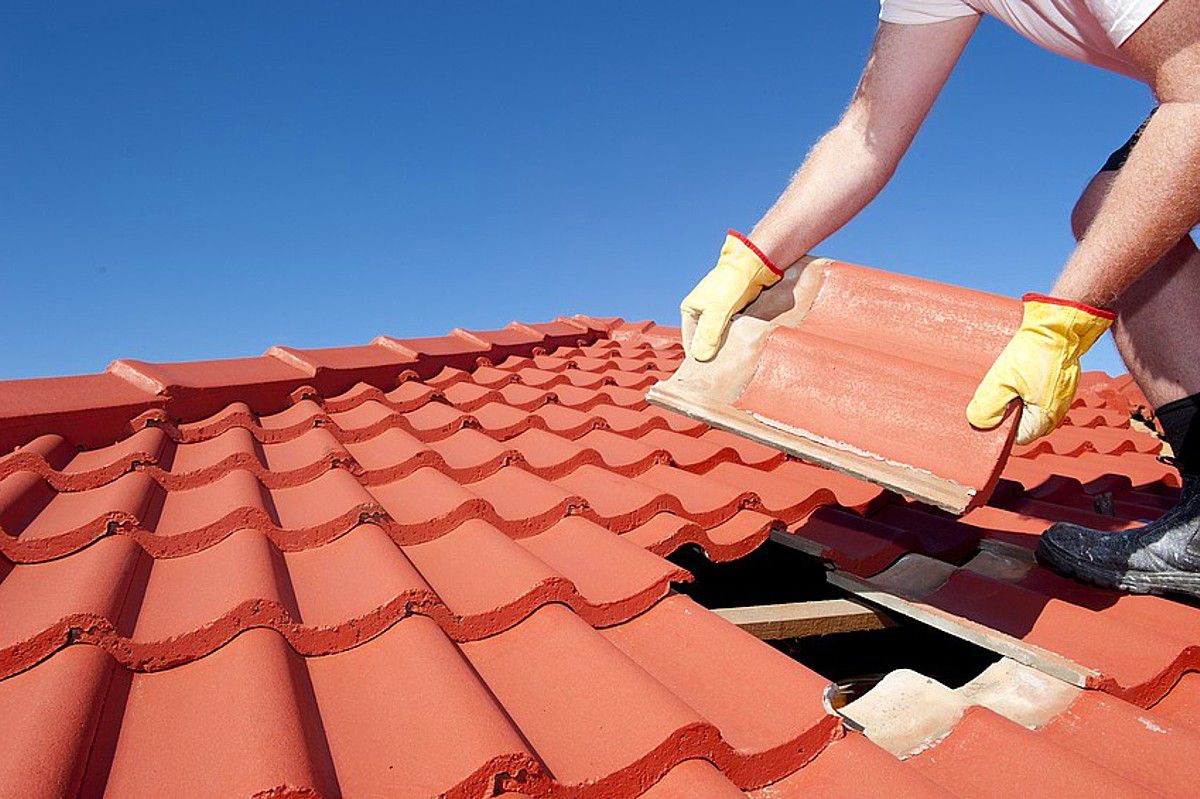
Why Roof Claims Are Denied & How To Get Them Approved.
1. What is pre-existing damage on a roof
2. When can I claim for pre-existing damage to my roof
3. How do I know if the wind or hail caused the damages
4. What are some ways that you can prevent your home from sustaining more damage in future storms
5. Tips for getting your claim approved after it has been denied
6. Checklist of what you need to do before filing a claim with the insurance company for storm damages on your roof
7. What do I do if my insurance policy warranty needs to be activated before the damages are repaired
Before explaining pre-existing damage to a roof, let me first explain 1st party vs. 3rd party insurance claims. A 1st party property-casualty insurance claim is when YOU are the one filing the claim with YOUR property & casualty insurer for storm damages on your roof due to wind or hail (or other covered perils). All companies have different guidelines, but generally, you will need to prove that the wind speeds were over 70 mph or greater OR show that there was hail larger than ½ inch in diameter, or any combination of the 2. Now that you have decided to file a 1st party insurance claim with your insurer for storm damages on your roof, you will want to follow these six steps below:
What is pre-existing damage on a roof? When can I claim for pre-existing damage to my roof? How do I know if the wind or hail caused the damages? What are some ways that you can prevent your home from sustaining more damage in future storms? Tips for getting your claim approved after it has been denied? Checklist of what you need to do before filing a claim with the insurance company for storm damages on your roof? What do I do if my insurance policy warranty needs to be activated before the damages are repaired?
If you have pre-existing damage on your roof, it does not matter if this was caused by a storm or something else, like a poor installation job. Even if you have lived with this damaged roof for years in its defective state, your insurer will still refuse to pay for these repairs since they did not cause the damages. This is common when insurers deny homeowners who file 1st party insurance claims for storm damages on their roofs due to wind and hail. Why do I say that? If you don’t know how to read between the lines and understand what they say exactly, then this will be confusing information. Here’s an example of what I mean by “reading between the lines”…

1st Party, 1st Level of Damage
CLAIM: Wind 2nd Floor Leak & Dry Rot in Basement
DENIAL: We cannot accept your claim because you had a prior water leakage before installing this new roof. Also, we do not cover damages that occur from hidden decay.
2nd Party, 2nd Level of Damage – Hidden Decay (Dry Rot)
CLAIM: Leaking Skylight due to wind storm on the roof
DENIAL: We did not cause this damage, and therefore, it is pre-existing, and we will not pay for this repair. NOTE: The point I want to make here is that even though they are telling you that the leak or dry rot is pre-existing, there’s another reason why they deny it. This is where you need to get smart and realize that insurers are trying to cheat you out of money by saying things like “pre-existing damage” or “cannot prove if hail or wind caused the damages,” etc.… They will say a different way of telling you that YOU didn’t file your claim correctly, so they don’t have to pay for these repairs. The truth is, there’s a lot more going on behind closed doors with your insurance company than meets the eye.
To ensure this doesn’t happen again in the future, here are a few tips you can apply – even BEFORE filing another 1st party property & casualty insurance claim for storm damages on your roof due to wind or hail.

6 THINGS TO DO BEFORE FILING A 1ST PARTY INSURANCE CLAIM FOR YOUR ROOF
Apply for your home insurance policy warranty. You need this like a wolf needs to eat meat! Check your roof for hail dents, chips, and cracks. This will help you figure out if the wind/hailstorm damaged parts of the roof. Fix those areas before filing another property-casualty claim on your roof due to wind or hail. Save all receipts from these repairs as proof that you repaired these damages caused by a storm. It’s usually best to make these repairs yourself rather than paying someone else to do it since you can use the receipts as proof that you have been repairing any storm damages on your roof due to wind or hail. This is an absolute requirement, especially for new roofs, which may need fixing before filing a property & casualty insurance claim.
Fix any broken gutters and downspouts since these too could cause water damage inside the home if not properly fixed in time. Repair any other storm damages such as busted-out windows, broken doors, smashed AC units, dented soffits, etc… Again this can later be used as proof to show that you were repairing damage caused by storms (and thus not hiding previous damages), if necessary. If you plan to make more claims in the future, it would also be wise to renovate and fix things like drywall, ceilings, and flooring, which can also sustain damages from wind storms. Believe it or not, some insurers have this policy of who can be the judge and jury, which states: that if you have more than two claims in a year on your homeowner’s insurance policy, they can deny your 3rd claim since it’s assumed you may be filing false claims.
So make sure to file 1st party property & casualty insurance claims for storm damages on your roof due to wind or hail between January – June. This is the timewhen most insurance companies are less busy to process your claim so as not to interfere with their cash-flows and monthly profits! Always keep copies of everything related to your repairs.
MAKE SURE YOU HAVE A PROFESSIONAL ROOF INSPECTION DONE FIRST!



